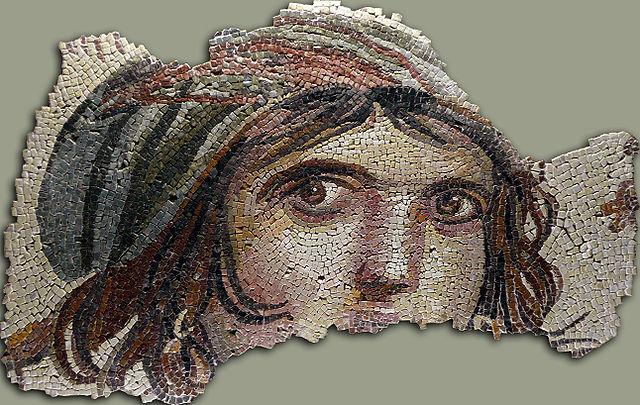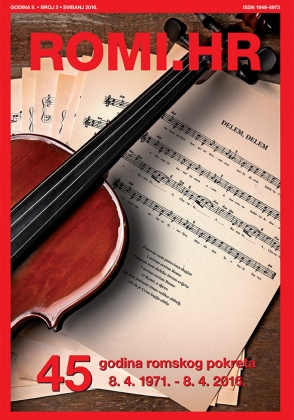Features ROMI.HR
/The "Gypsy" mosaic represents a strong symbol of Roma identity and representation. Although its exact origin is still debated, its depiction of a figure with hair in braids, earrings and headscarf led to a connection with Romani culture.
The historical influence of Rome on artistic works dates back to ancient times, with one prominent example being 15 meters "Gypsy Girl" mosaic, displayed in a dedicated room at the world's largest mosaic museum. Originally exhibited at the Archaeological Museum in Gaziantep, Turkey, this mosaic was transferred in 2011 to the Zeugma Mosaic Museum in the same city, where it became an iconic symbol of both the museum and the city.
The "Gypsy Girl" mosaic was discovered during rescue efforts at the Belkıs Ruins in the ancient city of Zeugma between 1998 and 1999, as part of a 300 m² villa floor, revealed after a column was removed. Zeugma itself was a sophisticated city founded around 300 BC by Seleucus Nicator, one of Alexander the Great's generals.
The identity of the figure depicted in the mosaic has led to many interpretations. First, it is important to note that the gender of the figure is unclear. Some archaeologists and historians suggest that the image was inspired by Alexander the Great, while others believe it represents Gaia, the Earth goddess and mother of gods in Greek mythology. Another theory is that the figure is one of the Maenads, female followers of Dionysus. Despite these debates, with no written records to confirm the identity, the mosaic has become known as the "Gypsy Girl," a name given by the archaeologists who discovered it. The reason for this name comes from the figure’s braided hair, earrings, and headscarf, which resemble traditional depictions of a gypsy.
Another interesting story about the mosaic is related to its theft by treasure hunters. When archaeologists discovered it, they noticed that parts of the mosaic were missing. In the 1960s, treasure hunters smuggled pieces of the mosaic out of Turkey and sold 12 sections of it to Bowling Green University in Ohio, USA. Experts believe that the thieves couldn't remove the entire mosaic because they were unable to lift the column that had fallen on it.
In a 2012 study conducted by Dr. Stephanie Hooper, it was confirmed that the mosaics purchased by Bowling Green State University for $35,000 originated from the ancient city of Zeugma. Turkish authorities requested the return of the missing pieces, but were initially refused. They deemed the ministry's report 'insufficient' and requested evidence of the mosaics' illegal export. After years of failed negotiations with the university, the Ministry of Culture and Tourism asked the Foreign Ministry to involve UNESCO for the artworks' return. The university eventually agreed to return the pieces on the condition that a replica be provided to them. After five years of negotiations, the missing pieces were finally handed over to Turkey.
The artwork, displayed in a dark room at the museum, is often referred to as the "Mona Lisa of the Middle East." This comparison stems from the fact that, much like the Mona Lisa, the figure in the "Gypsy Girl" mosaic appears to follow the viewer with its gaze.
In conclusion, the "Gypsy Girl" mosaic stands as a powerful symbol of Roma identity and representation. Though its exact origins remain debated, its portrayal of a figure with Roma details has led to associations with Roma culture.
 Back to Features
Back to Features













